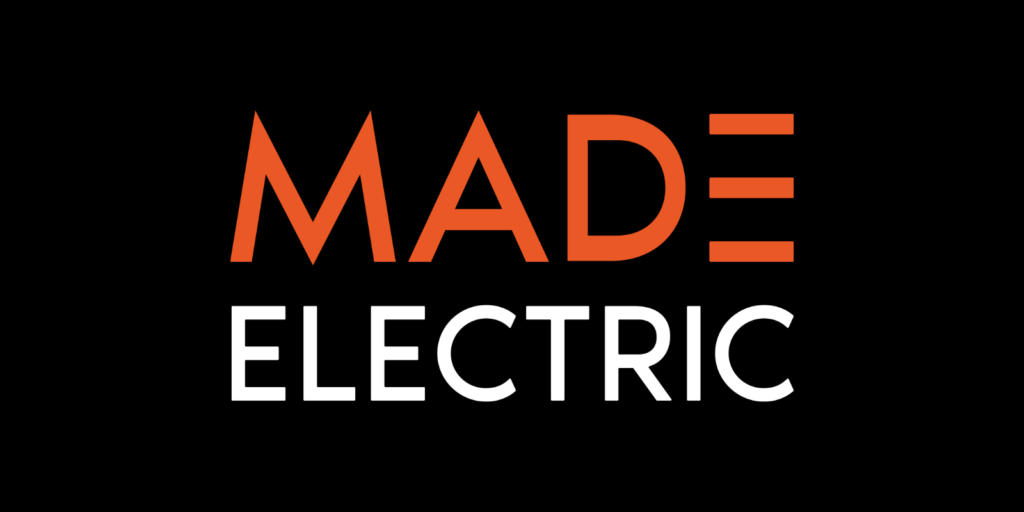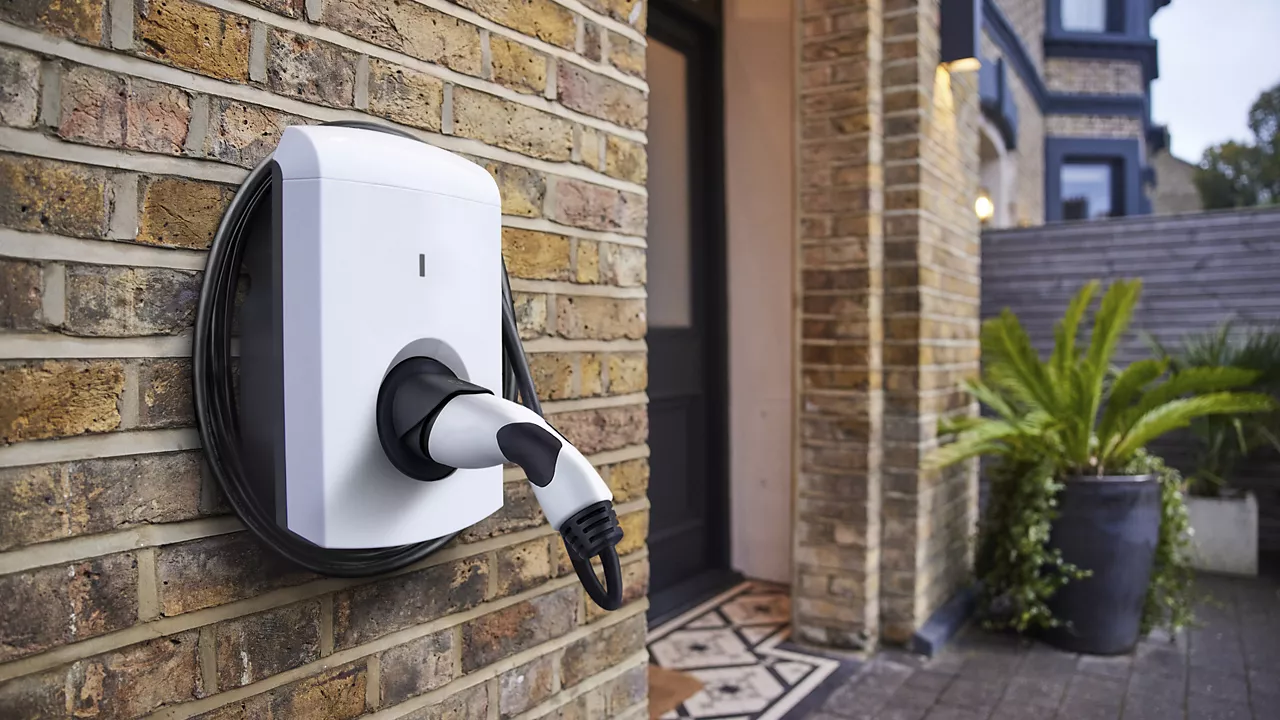With the rise of electric vehicles (EVs), having a convenient and efficient electric car charger at home has become a game-changer for EV owners. In this blog post, we’ll provide you with a comprehensive guide on how to install and maintain an electric car charger. Whether you’re a proud owner of an electric vehicle or considering making the switch to cleaner transportation, this guide will help you get the most out of your EV experience.
Why Install an Electric Car Charger at Home?
Before we dive into the installation and maintenance details, let’s briefly explore why having an electric car charger at home is advantageous:
- Convenience: Charging your EV at home allows you to start each day with a full battery, eliminating the need for frequent trips to public charging stations.
- Cost-Efficiency: Home charging is often more cost-effective than using public charging networks, especially if you take advantage of off-peak electricity rates.
- Time Savings: Charging at home means no waiting in line at charging stations, saving you time during your busy schedule.
- Environmental Impact: Using renewable energy sources to charge your EV at home can significantly reduce your carbon footprint.
Installing Your Electric Car Charger
Now, let’s get into the nitty-gritty of electric car charger installation:
Choose the Right Location
Selecting the ideal location for your electric car charger is the first step in the installation process. Consider the following factors:
- Accessibility: Choose a location that is easily accessible and close to your parking spot. You’ll want your charger to be conveniently located for daily use.
- Compliance: Ensure that the location complies with local building codes and regulations. Some areas may have specific requirements for charger installation, such as distance from combustible materials or clearances.
- Proximity to Electrical Panel: It’s beneficial to position the charger in close proximity to your electrical panel. Shorter cable runs are more efficient and may reduce installation costs.
Electrical Panel Assessment
Before installing your electric car charger, it’s essential to assess your home’s electrical panel to determine if it can support the additional electrical load. Here’s what you need to consider:
- Panel Capacity: Check your electrical panel’s capacity. If it doesn’t have enough available capacity, you may need to upgrade to a larger panel to accommodate the charger’s power requirements.
- Professional Assessment: Consult with a licensed electrician to assess your electrical panel’s capacity and make recommendations for any necessary upgrades. They will ensure that your home’s electrical system can safely handle the charger.
Consult with an Electrician
To ensure a safe and compliant installation, it’s highly advisable to engage the services of a qualified electrician. Here’s what the electrician will assist with:
- Safely Connecting the Charger: An electrician will safely connect the charger to your electrical panel, ensuring that the wiring and connections meet all safety standards.
- Permit Guidance: They can provide guidance on the permits required for your charger installation, ensuring that you adhere to local regulations.
- Charging Station Selection: If you haven’t already selected a charging station, an electrician can help you choose one that suits your needs and is compatible with your electrical system.
Permits and Inspections
Electric car charger installations typically require permits and inspections to ensure safety and compliance with local regulations. The process may involve:
- Permit Application: You will need to apply for the necessary permits from your local permitting office before beginning the installation.
- Inspections: After installation, your local authorities will conduct inspections to verify that the charger is correctly installed and meets safety standards. These inspections may include checks on electrical connections and safety features.
Maintenance Tips
Once your electric car charger is installed, regular maintenance is essential to ensure its longevity and safety. Here are some key maintenance tips:
- Regular Inspections: Periodically inspect your charging station for physical damage, wear, or any signs of corrosion. Address any issues promptly to prevent safety hazards.
- Cable Care: Keep the charging cable clean and free from debris or damage. Ensure it is properly coiled and stored when not in use.
- Manufacturer’s Guidelines: Follow the manufacturer’s guidelines for charger maintenance and updates. These guidelines are crucial to maintaining the efficiency and safety of your charger.
- Professional Check-Ups: Schedule periodic check-ups with a qualified electrician to verify the charger’s electrical connections and safety features. This ensures that your charger continues to operate at its best and remains safe to use.
Installing and maintaining an electric car charger at home is a smart move for EV owners. It offers convenience, cost-efficiency, and environmental benefits.
Ready to Install an Electric Car Charger in Your Home?

Contact MADE ELECTRIC today! We are a trusted electrical contractor that operates in Toronto and the GTA, with a professional and fully licensed team. We’re happy to help diagnose and solve any electrical problems you may have.
Our company can be reached at any time through our contact page, and you can also give us a call at +1 (833) 623-3247, or e-mail us at info@madeelectric.ca.

